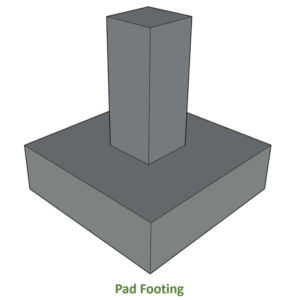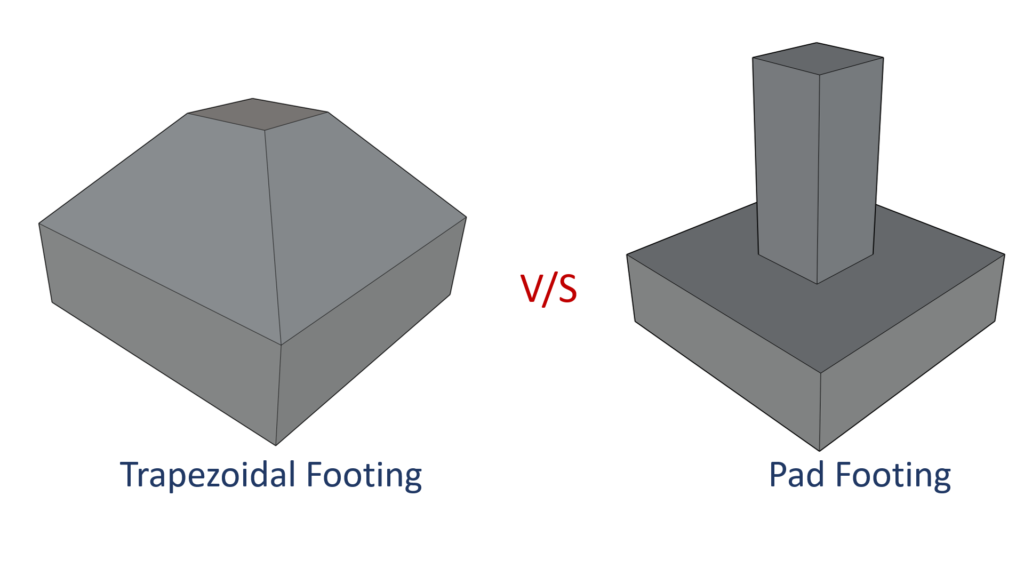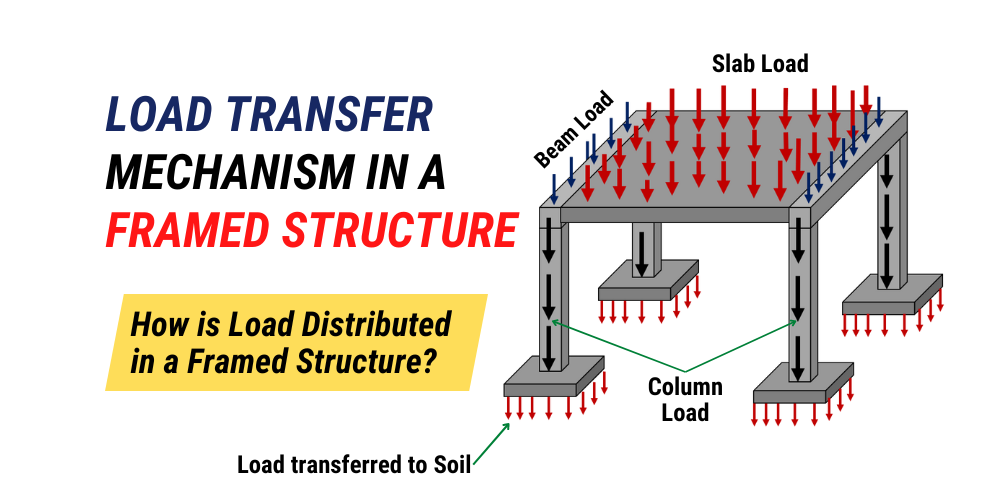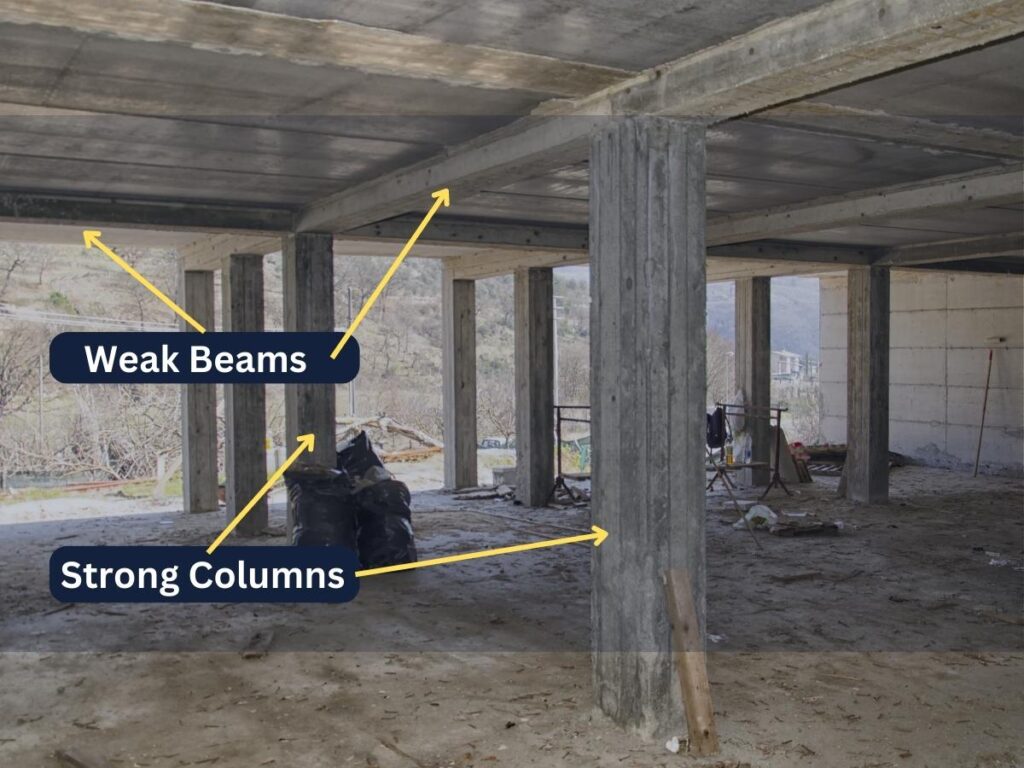When constructing a building, it’s very crucial to ensure a foundation that is stable and can withstand the loads exerted upon it. Footings play an important role in transfering the weight of the structure to the ground. There are different types of footings available, each having its own set of advantages and applications. In this article, we will explore the reasons why trapezoidal footings are often preferred over pad footings in various construction projects.
Definition and Purpose of Footings
Footings are structural elements that are casted below ground level to support the weight of a building or structure. Their main function is to distribute the load from the super- structure to the underlying soil, thus ensuring stability and preventing settlement of the structure. The choice of footing type is influenced by various factors such as the size and type of the structure, soil conditions, etc.
Pad Footings

Pad footings are also called as isolated footings. These are the most commonly used footings in construction consisting of a rectangular or square slab of concrete that distributes the load over a larger area. Isolated footings are usually used for smaller structures such as individual columns or walls.
Trapezoidal footings

The trapezoidal footings are also known as sloped footings. A sloped footing consists of four trapezoidal sides that are inclined at a 45-degree angle from all sides. These footings are constructed with great care to maintain a proper slope.
Why do we prefer trapezoidal footings over pad footings?

Trapezoidal footings are preferred over pad footings due to their cost-effectiveness. They require less concrete and reinforcement compared to pad footings. Additionally, in regions with cold climates and freezing temperatures, there is a risk of freezing of the water on the footing’s surface. This can create extra pressure and cracks in the foundation, known as the “Freezing and Thawing effect.” This effect occurs when water-saturated concrete freezes, causing the H2O molecules to expand by up to 9% of their original volume, resulting in damage to the concrete. To prevent water accumulation on the footing, sloped surfaces are provided.




